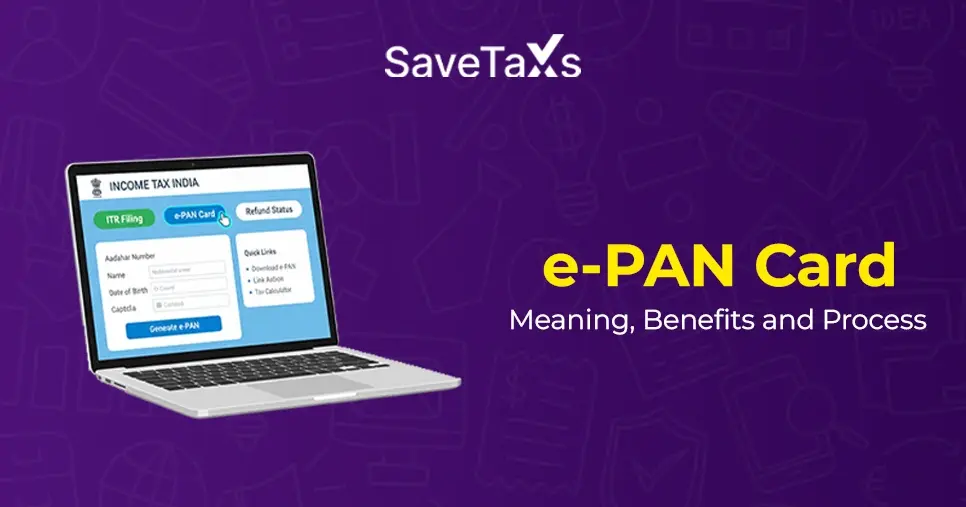- What is the Faceless Assessment Scheme Under Section 144B?
- What Are The Features of Faceless Assessment
- How is Faceless Assessment Beneficial for NRIs?
- Four Major Assessments Under The Income Tax Act
- Structure for Faceless Assessment
- Procedure of Faceless Assessment
- Communication and Electronic Records
- Expert NRI ITR Consultation In A Click
Section 144B of the Income Tax Act outlines the Faceless assessment scheme of the central government, which aims to eliminate the direct interface between the assessee and the assessing officer while improving transparency.
As part of this scheme, the assessee and the assessing officer interact virtually for the ITR assessment, remaining unaware of each other's identity. In this blog, we will explore Section 144B of the Income Tax Act, covering its meaning, working mechanism, procedures, exemptions, and more, for both NRIs and Indian residents.
What is the Faceless Assessment Scheme Under Section 144B?
Section 144B is the backbone of the Faceless Assessment Scheme, which revolves around efficiency, transparency, and accountability in the ITR assessments. As mentioned above, under this scheme, the tax authorities (Assessing officer) and the taxpayers conduct assessment, virtually eliminating the need for physical interactions.
Section 114B has been introduced in the Income Tax Act by the National e-Assessment Scheme.
All the income tax assessments under this scheme are conducted by the National Faceless Assessment Centre (NFAC). NFAC coordinates with different regional assessment centers (RFACs). As part of the assessment process, cases are allocated to assessment units via an automated system, ensuring there is no partiality and anonymity is maintained.
The concerned taxpayer will receive an electronic notice and is required to respond electronically, streamlining the entire communication process.
The whole procedure of this faceless assessment includes several stages, which start from issuing the notice, followed by the submission of the taxpayer's reasons, framing the assessment order, and then review by the separate unit to ensure fairness and accuracy.
What Are The Features of Faceless Assessment
The features of faceless e-assessment are mentioned here.
- Zero human interface: The entire assessment process is conducted virtually, meaning the assessing officer and the taxpayer will not directly interact in person.
- Team-based assessment: The entire process is handled by a team of dedicated tax experts, ensuring specialized expertise in every action.
- Dynamic Jurisdiction: The cases of income tax return assessment are not assigned based on geographical location, but according to expertise and workload.
- Technological Use: The Income Tax Department uses advanced technologies like AI and data analytics to scrutinize tax returns efficiently.
- Accountability and transparency: The entire process of faceless assessment is designed to maintain transparency through clear trials and audits, thereby reducing the scope of corruption.
- Convenience and compliance: The concerned taxpayer can interact with the tax department conveniently and electronically, saving efforts and time.
How is Faceless Assessment Beneficial for NRIs?
The Faceless assessment scheme is highly beneficial for NRIs, as it introduces the need for electronic communication and facilitates coordination with the Indian tax authority during the income tax assessment period.
Some of the Key Benefits are:
- Saves time and money as there is no need to travel to India for the income tax assessment hearings.
- Time zone flexibility during the submission of replies.
- Easy documents upload via the IT Portal.
- NRIs are allowed to assign a representative or a CA in India.
Four Major Assessments Under The Income Tax Act
Under the Indian Income Tax Law, there are four income tax return assessments. Which are given below:
- Assessment Under Section 143(1): This assessment is a summary assessment without requiring the assessee's presence.
- Assessment Under Section 143(2): This is a scrutiny assessment.
- Assessment Under Section 144: This is the Best Judgment Assessment.
- Assessment Under Section 147: The assessment under section 147 is the income escaping assessment.
These assessments mentioned here happen virtually after the introduction of the faceless assessment scheme, which eliminated the need for physical intervention and minimized it to a great extent.
Structure for Faceless Assessment
The Central Board of Direct Taxes (CBDT) decided on the entire scope of faceless assessment, but the National Faceless Assessment Center (NFAC) carries out the entire faceless assessment process.
The Entire Process is Divided Into:
National Faceless Assessment Centre
This center is liable to allocate assessment cases to different units via an automated allocation system.
Regional Faceless Assessment Centre
These centers are designed to decentralize the assessment process and acknowledge the region-specific concerns.
Assessment Unit
These units scrutinize income tax return calculations using readily available data, and further, upon the requirement of more information, they submit a request to NFAC. The NFAC then issues a notice to the concerned taxpayer (assessee) under section 143(2) or 142(1).
When NFAC receives the responses, it forwards them to the assessment units.
Verification Unit
This unit is liable to perform verifications, in a cross-examination or even a detailed verification of accounts as well. Apart from this, they also examine witnesses and statements.
If the assessment unit requires verification in any area, they submit a request to the NFAC, which then allocates the case to the verification unit via the automated allocation system.
Technical Unit
When assessing a case, the assessment unit may require special technical expertise on a specific aspect. In such cases, they submit a request to the NFAC, which then assigns the task to the technical unit through the automated allocation system.
The technical matter can be of any domain, be it legal, accounting, information technology, valuation, forensic, audit, transfer, management, data analytics, or more.
Review Unit
This unit reviews the drafted assessment orders framed by he assessment units. These reviews ensure that the ordered documents are in compliance with the law and contain no errors, making them legally sound.
Procedure of Faceless Assessment
There is a systematic procedure for conducting a faceless assessment, and the steps involved in the process are mentioned below.
Issuance of Notice: The national e-assessment center will issue a notice under section 143(2) to the concerned taxpayer. The notice will inform the taxpayer (assessee) about the start of the assessment proceeding against them.
Note: Under section 139, if the taxpayer furnishes ITR voluntarily, an e-assessment notice can be given.
Response to the Notice: Upon receiving the notice, taxpayers must submit the response along with all required documents within 15 days through the designated online portal.
Allocation to the Assessment Unit: The national e-assessment center will now allocate cases to the designated assessment unit through an automated system, ensuring unbiasedness and anonymity.
Request by Assessment Units: After assigning a case to the assessment unit, the National e-assessment centers may receive a few requests from the AU. Which are regarding:
- Gathering more information, further evidence, or documents from the concerned taxpayer or any other person.
- Initiating a certification check by the verification unit or conducting an inquiry.
- Asking for expert technical assistance from the technical unit on some legal and technical aspects.
Issue of Notice to Assessee: After the assessment unit has made any requests to the national e-assessment center upon the need for further documents or evidence, the NEAC will issue the notice to the concerned taxpayer or the person for obtaining any documents, information, or evidence which the AU requires.
The taxpayer must submit the response and the notice within the specified time frame mentioned in the notice.
Technical and Verification Assistance: As mentioned above, the national e-assessment centre assigns the case to the verification unit when the assessment center has requested certain inquiries or verifications.
When a request for technical assistance is made, the National e-assessment center assigns the case to a technical unit in one of the regional e-assessment centers via an automated allocation system.
Forwarding the Reports from the Technical and Verification Unit: Once the national e-assessment center receives the reports from the technical and verification unit, they send them to the concerned assessment unit.
In cases where the concerned taxpayer does not respond to the notice, the national e-assessment centre, under section 144, will issue a notice for making a best judgment assessment.
Now, either the taxpayer can respond to the notice issued under this section 144, or if the taxpayer does not file a response, the NEAC will permit the concerned assessment unit, which will, in turn, prepare a draft assessment order as per the best judgment assessment.
Preparation and Examination of the Draft Assessment Order: After taking into consideration all the information and responses provided, the assessment unit prepared a draft assessment order, including proposed additions or modifications to the assessment reported in the income.
Once processed, the Review unit reviews the entire draft to ensure legal compliance, accuracy, and adherence to prescribed procedures.
Assessment Finalisation: Once the National e-assessment center approves the assessment order, it will communicate the final order to the taxpayer, along with all tax liability or refund details as applicable.
Communication and Electronic Records
Under this scheme, all communication between the national e-assessment center and the concerned taxpayer or the authorized taxpayer representative must only be done through electronic mode.
Communication between the NEAC and the Regional e-assessment centers that happens internally must only be exchanged via electronic medium. However, if the verification unit conducts a personal hearing, the electronic communication channel is not applicable.
The national e-assessment center authenticates all the electronic records issued under this scheme. A notice, order, or any other electrical communication can be delivered to the concerned taxpayer only by way of.
- Placing an authenticated copy of the communication in the registered account of the taxpayer.
- Sending an authenticated copy to the registered email address of the taxpayer or their representative.
- Uploading an authorized copy to the taxpayer's mobile app, which is followed by a real-time alert to the concerned taxpayer.
Expert NRI ITR Consultation In A Click
A revolutionary step taken by the Income Tax Department of India is the Faceless Assessment Scheme. Eliminating human interaction, this scheme ensures that the tax assessments are unbiased, fair, and legally compliant in all aspects. The random case allocations and AI-driven process have ensured that everything remains efficient and free from corrupt practices. Under section 148, the ITD permits the assessing officer to reopen an assessment case if there is any suspicion regarding concealment or underreporting of the income.
However, if you are looking for an expert NRI ITR consultation service, we are here to help you out! Savetaxs, a leading firm in the domain of taxation, has been helping NRIs for decades now with their taxation issues and more. Our team of experts brings more than 30 years of experience, ensuring you don't have to stress about any tax assessments or legal notices. Savetaxs is every NRI's best mate because we understand the mindset of our clients and the root cause of the problem, and then tailor strategies for every client, ensuring complete security and accuracy in every service we offer.
Note: This guide is for informational purposes only. The views expressed in this guide are personal and do not constitute the views of Savetaxs. Savetaxs or the author will not be responsible for any direct or indirect loss incurred by the reader for taking any decision based on the information or the contents. It is advisable to consult with either a Chartered Accountant (CA) or a professional Company Secretary (CS) from the Savetaxs team, as they are familiar with the current regulations and help you make accurate decisions and maintain accuracy throughout the whole process.

Mr. Ritesh has 20 years of experience in taxation, accounting, business planning, organizational structuring, international trade financing, acquisitions, legal and secretarial services, MIS development, and a host of other areas. Mr Jain is a powerhouse of all things taxation.
- Form 61A Income Tax: Applicability, Due Date & How to File SFT Online
- Double Tax Avoidance Agreement (DTAA) Between India and Australia
- How NRIs Can File Form 10F Without a PAN Card (Claiming DTAA Benefits)
- Section 80IA of the Income Tax Act: Everything You Need to Know
- Sections 90, 90A & 91 of the Income Tax Act for NRIs
- Form 67 & Claim Of Foreign Tax Credit For NRIs
- Section 80TTA of Income Tax Act – All about Claiming Deduction on Interest
- Section 80CCC: Deduction on Pension Fund Contributions
- National Pension Scheme (NPS) 2025 - Details, Tax Benefits, Login, Online Registration & Returns
- Your Complete Guide for Section 80D of the Income Tax Act
- Section 147 of the Income-tax Act, 1961 (ITA) Demystified
- What are the 5 Heads of Income Tax?
- Types Of Taxes In India: Direct Tax and Indirect Tax
- Section 17(1)- Definition of Salary Under the Income Tax Act
Want to read more? Explore Blogs
Frequently Asked Questions
No matter what your source of income is, we've got you covered. There’s a plan for everybody!
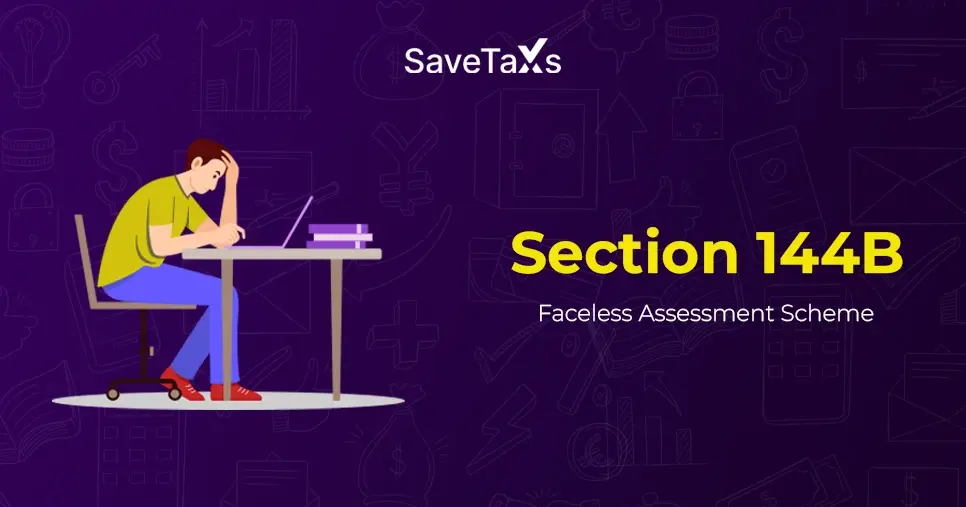
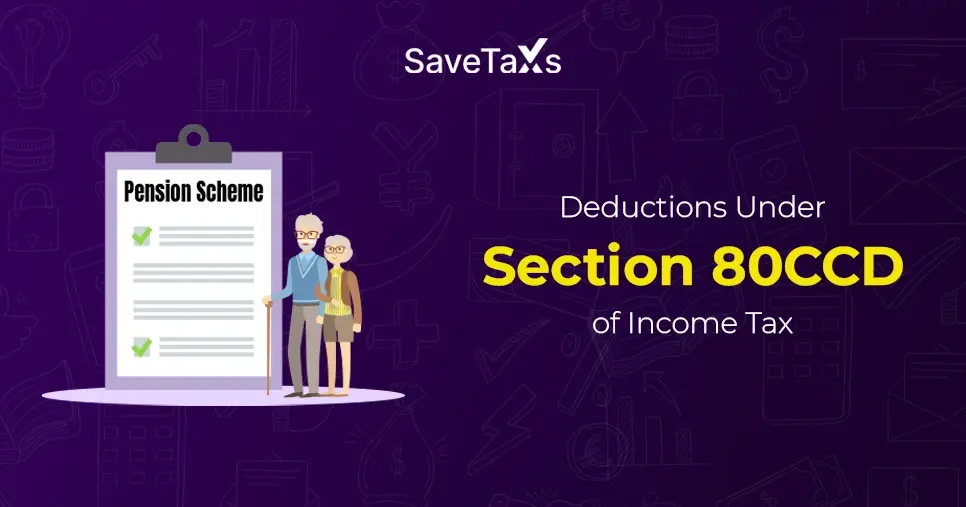
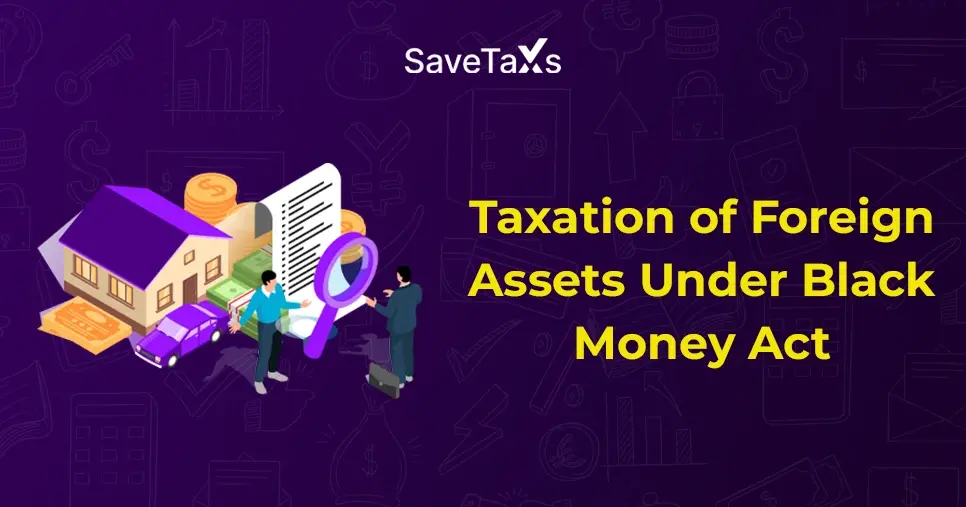
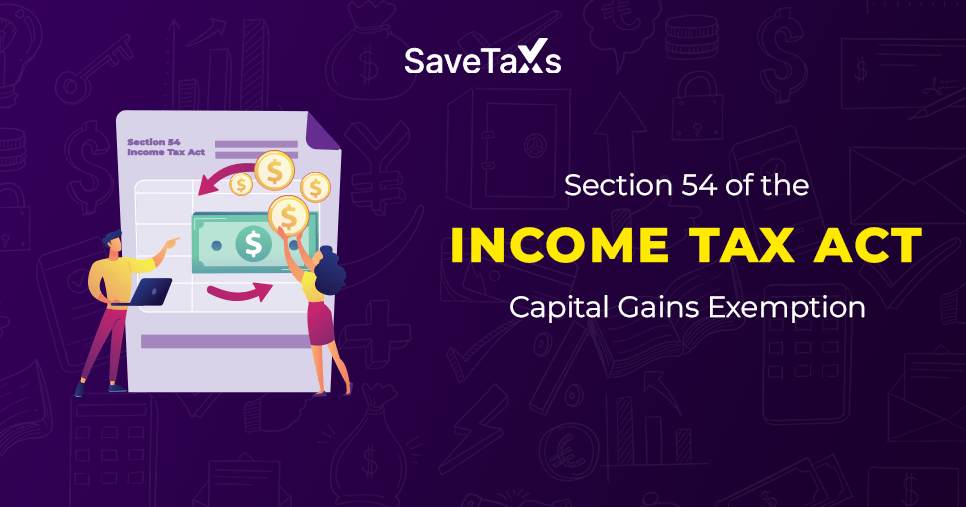
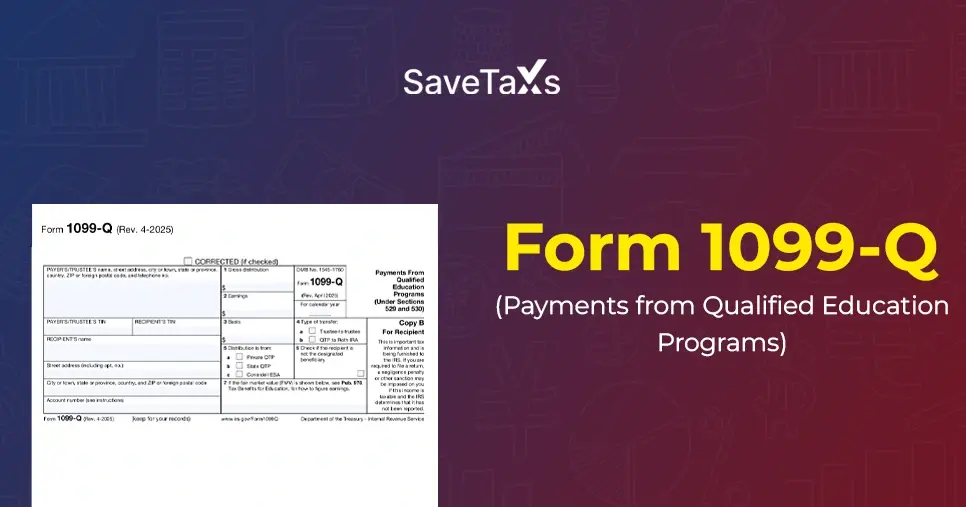

-plan_1761282887.webp)
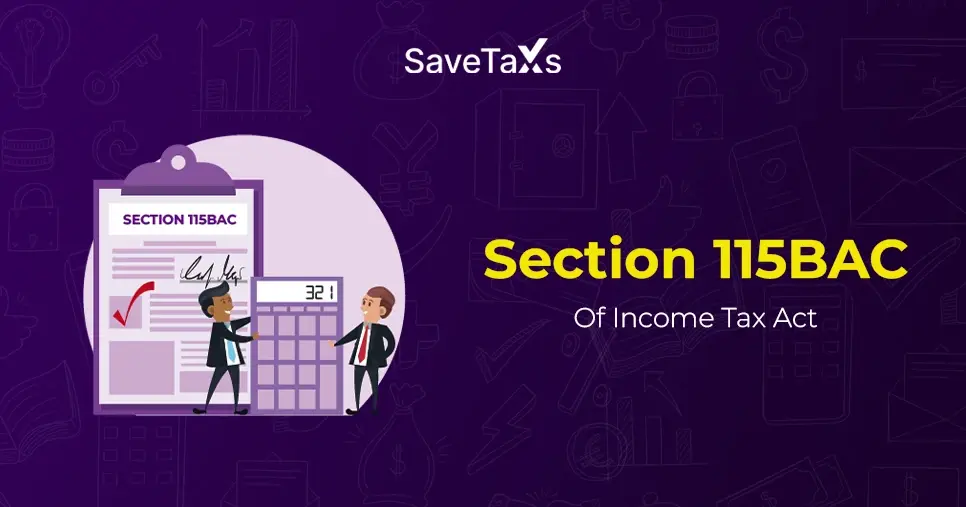
_1767853713.webp)
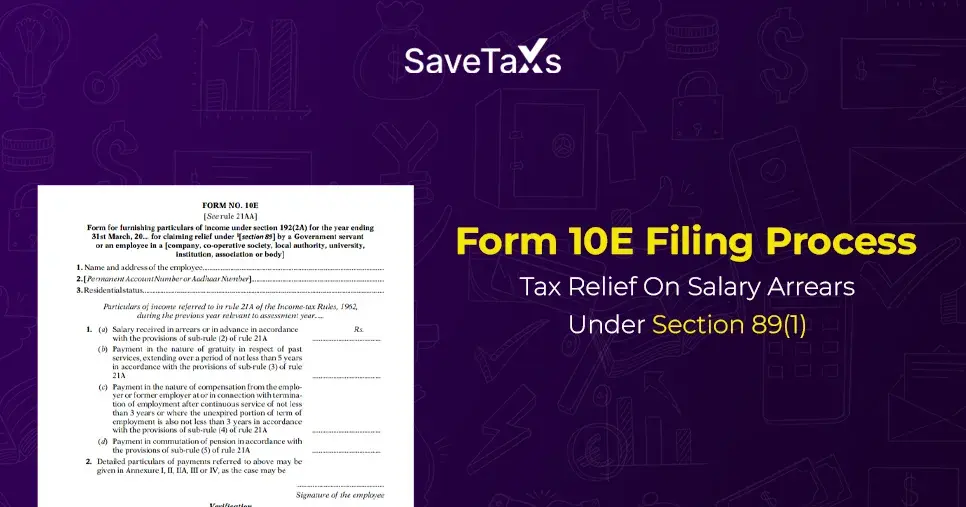
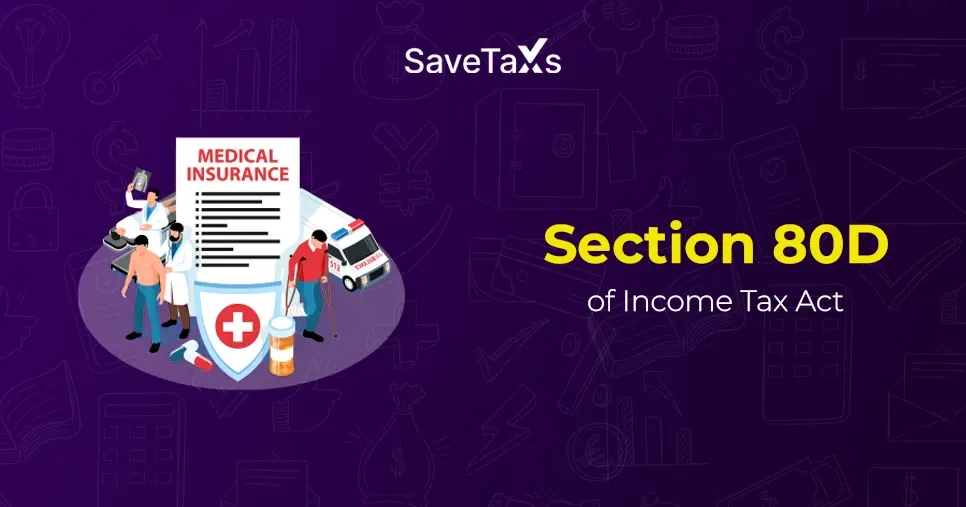
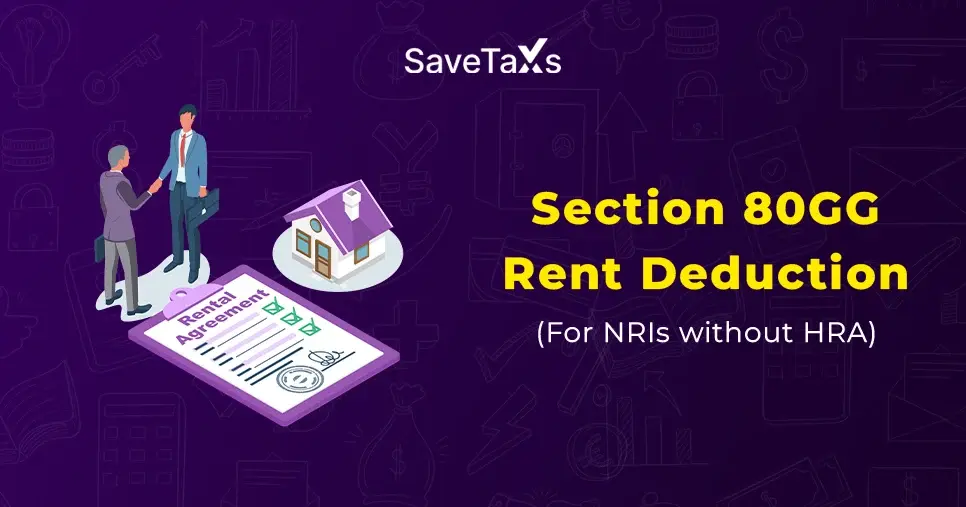


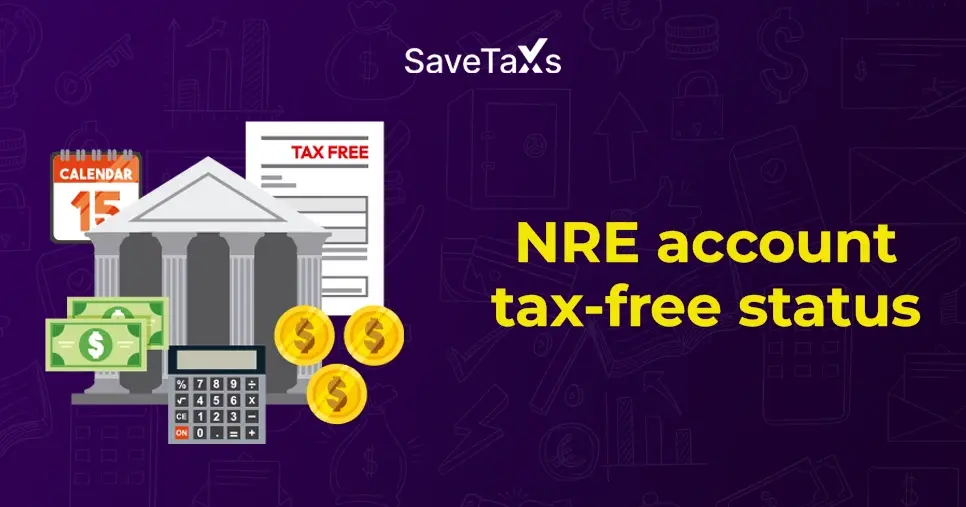
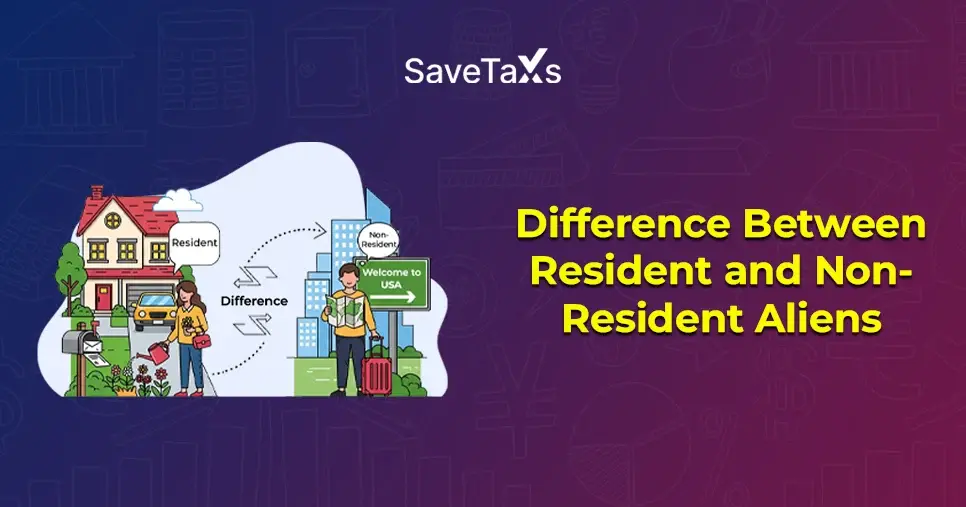

_1756816946.webp)

